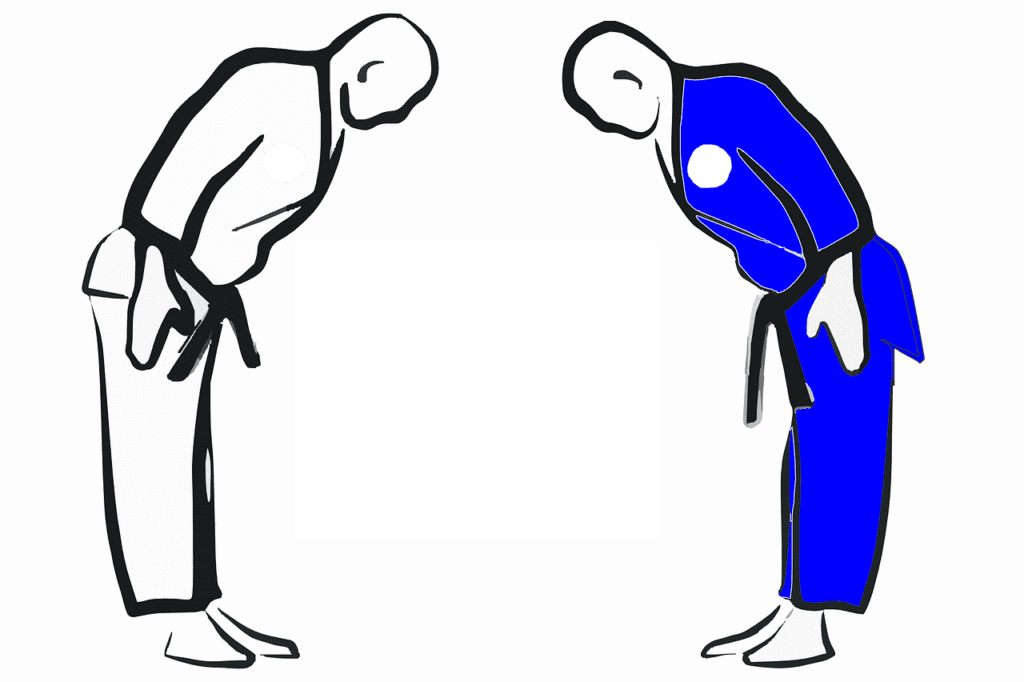You’re about to dive into “Advanced Cut Kick Strategies,” where you’ll uncover the nuanced techniques and methods that will elevate your martial arts skills to the next level. Imagine mastering the precise movements and timing that define an expert cut kick, giving you the edge in both training and competition. This article will guide you through advanced drills, tips from seasoned practitioners, and strategic insights, ensuring that your cut kick becomes a powerful and reliable weapon in your martial arts arsenal. Get ready to enhance your technique and boost your confidence on the mat!
Advanced Cut Kick Strategies
Have you ever wondered how you can elevate your cut kick techniques to a whole new level? Whether you’re a seasoned martial artist or a passionate beginner, mastering advanced cut kick strategies can significantly improve your performance and efficiency in matches. Let’s dive deep into the world of cut kicks and explore various strategies to refine your skills.

Understanding the Basics of Cut Kicks
Before moving into advanced strategies, it’s vital to understand the foundational principles of cut kicks. A cut kick, also known as a “chopping kick,” is typically aimed at cutting down or intercepting an opponent’s movement. By utilizing this technique effectively, you can disrupt your opponent’s rhythm and create openings for more powerful attacks.
What is a Cut Kick?
A cut kick involves a motion resembling chopping or cutting downwards. It’s a versatile move targeting the opponent’s mid to lower body, often aimed at the thighs, ribs, or occasionally the head depending on the discipline and context.
Advanced Cut Kick Strategies
Now that you have a basic understanding, let’s delve into advanced strategies that can help you harness the power of cut kicks more effectively.
Timing and Distance Management
Mastering the timing and distance can make or break your cut kick execution. Here’s how you can fine-tune these aspects:
Proper Timing
- Observation: Train yourself to observe your opponent’s patterns and habits. Knowing when they most likely advance can offer clues on when to strike.
- Reaction Speed: Work on your reaction speed through drills and reflex training. A well-timed cut kick can intercept an advancing opponent or break their momentum.
Distance Management
- Maintain Optimal Range: Make sure you’re neither too close nor too far from your opponent. Knowing the optimal distance can help you land your cut kicks with precision.
- Footwork: Practice your footwork to be able to close in quickly or retreat efficiently. Good footwork can make sure you stay within the ideal kicking range.
Setting Up Your Cut Kick
A successful cut kick often relies on proper setup. Here are some strategies to set up your cut kick effectively:
Feints and Fakes
- Using Feints: By throwing fake movements, you can mislead your opponent into reacting, creating an opening for your cut kick.
- Mixing Techniques: Blend cut kicks with other techniques like jabs or side kicks to create deceptive combinations.
Angling and Positioning
- Angle Changes: Change angles frequently to keep your opponent guessing.
- Positioning: Positioning yourself on different sides can help in delivering unexpected cut kicks.
| Technique | Description | Purpose |
|---|---|---|
| Feints | Fake movements | To mislead opponent and create openings |
| Angle Changes | Shifting angles | To stay unpredictable and deliver surprise kicks |
Power and Precision
The effectiveness of a cut kick lies in its power and precision. Here’s how to amplify both:
Building Power
- Strength Training: Engage in strength training exercises, particularly focusing on your legs and core.
- Kinetic Chain: Ensure the whole kinetic chain (from your feet to your hips) works in sync to maximize power.
Precision Training
- Target Practice: Use pads or bags to practice hitting specific targets accurately.
- Control: Develop control over your kicks through slow, deliberate practice before speeding up.
Defensive and Counter Strategies
Cut kicks are not just offensive tools; they can also be used defensively.
Defensive Tactics
- Blocking: Use your cut kick to deflect incoming strikes, particularly low and mid-level kicks.
- Interrupting: Interrupt your opponent’s attack by launching a cut kick as they advance.
Counterattacking
- After Block: Following a block with a snap cut kick to capitalize on the opening.
- During Retreat: Utilize the cut kick while retreating to catch an advancing opponent off-guard.
Psychological Tactics
Martial arts is as much a mental game as it is physical. Here are some psychological tactics to consider:
Mental Conditioning
- Staying Calm: Learn to stay calm under pressure. A clear mind can observe openings more easily.
- Confidence: Building confidence through consistent practice so you can execute techniques without hesitation.
Deceptive Movements
- Baiting: Lure your opponent into making the first move and capitalize on their commitment.
- Misdirection: Use subtle movements to mislead your opponent into thinking you are vulnerable.
Advanced Drills for Enhanced Performance
Drills are an essential part of mastering any martial arts technique, including cut kicks. Here are some advanced drills tailored to enhance your cut kick performance:
Reaction Drills
- Shadow Sparring: Practice with an imaginary opponent to work on your timing and speed.
- Partner Drills: Spar with a partner focusing specifically on timing and interception with cut kicks.
Strength and Conditioning Drills
- Plyometrics: Incorporate plyometric exercises to increase explosive power.
- Resistance Training: Practice kicks with resistance bands to enhance strength and speed.
| Drill Type | Example Drill | Purpose |
|---|---|---|
| Reaction Drills | Shadow Sparring | Improve timing and speed |
| Strength Conditioning | Plyometrics | Increase explosive power |
Combination Drills
- Combo Practice: Practice different kick combinations integrating the cut kick to make it a seamless part of your toolkit.
- Defensive to Offensive: Combine defensive blocks with immediate cut kick counters.
Common Mistakes to Avoid
Even advanced practitioners can fall prey to certain common mistakes. Here’s what to watch out for:
Overcommitting
One of the pitfalls of executing a cut kick is overcommitting, which can leave you off-balance and vulnerable to counterattacks.
- Maintain Balance: Keep your balance by not overreaching or extending beyond your optimal range.
- Quick Recovery: Train to recover quickly after executing the kick.
Poor Technique
Even the most powerful kick will be ineffective if not executed with proper technique.
- Consistency: Maintain consistency in your form whether in practice or matches.
- Review and Adjust: Regularly review your technique and make necessary adjustments.

Real-world Applications and Adaptations
Understanding real-world scenarios where cut kicks can be effectively utilized can polish your overall strategy.
Sport Applications
Cut kicks are prominent in various martial arts sports, including Taekwondo and Kickboxing.
- Scoring: In sports like Taekwondo, cut kicks can be used to score points by disrupting your opponent’s rhythm and landing clean strikes.
- Breaking Guard: Use cut kicks to break through your opponent’s guard, creating opportunities for higher-scoring maneuvers.
Self-defense
In self-defense scenarios, cut kicks can serve to neutralize threats quickly and efficiently.
- Neutralizing: A well-placed cut kick can neutralize an aggressor by targeting their lower body and hampering their mobility.
- Quick Escape: Create an opening for a quick escape by using a cut kick to off-balance an aggressor.
Customizing Your Cut Kick Strategy
Every martial artist is unique, and it’s important to customize your cut kick strategy to fit your strengths and weaknesses.
Assessing Your Strengths
- Power vs. Speed: Do you naturally have more power or speed? Tailor your strategy to leverage your natural advantages.
- Flexibility: If you’re particularly flexible, integrate more head-level cut kicks into your repertoire.
Identifying Weaknesses
- Technique Gaps: Identify any gaps in your technique that need improvement.
- Strategy Gaps: Evaluate your strategies and identify any predictable patterns that need diversification.

Training Tools and Resources
To achieve mastery in advanced cut kicks, utilizing the right tools and resources is paramount. Here are some recommendations:
Equipment
- Kick Pads and Shields: Use to practice with resistance and improve your impact force.
- Speed Bags: Enhance your timing, speed, and precision.
Technology
- Video Analysis: Record your sessions and review them to identify areas for improvement.
- Fitness Apps: Track your conditioning progress and set training goals.
Conclusion
Mastering advanced cut kick strategies is a journey requiring dedication and consistent practice. From understanding the fundamental elements of timing and distance to integrating complex strategies like mental conditioning and deceptive movements, there are numerous layers to perfect. By incorporating these advanced techniques and continuously refining your skills, you can elevate your cut kick effectiveness in both sports and self-defense scenarios. Keep practicing, stay committed, and remember that each step brings you closer to becoming a master of the cut kick. Happy training!

